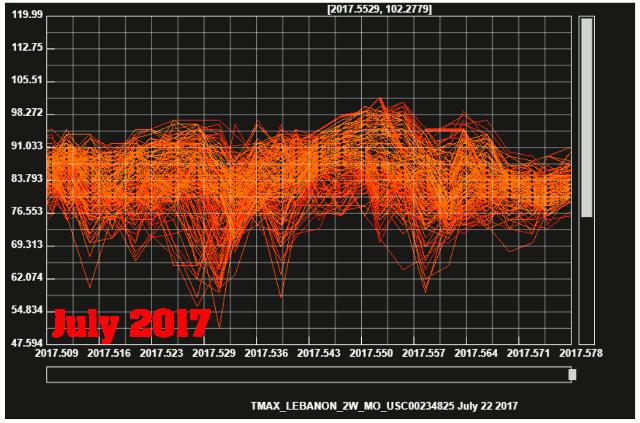Disrupting the Borg is expensive and time consuming!
Google Search
-
Recent Posts
- Understanding Flood Mechanisms
- Extreme Weather
- 70C At Lisbon
- Grok Defending The Climate Scam
- “Earlier Than Usual”
- Perfect Correlation
- Elon’s Hockey Stick
- Latest Climate News
- “Climate dread is everywhere”
- “The Atmosphere Is ‘Thirstier.’”
- Skynet Becomes Self Aware
- “We Have To Vote For It So That You Can See What’s In It”
- Diversity Is Our Strength
- “even within the lifetime of our children”
- 60 Years Of Progress in London
- The Anti-Greta
- “a persistent concern”
- Deadliest US Tornado Days
- The Other Side Of The Pond
- “HEMI V8 Roars Back”
- Big Pharma Sales Tool
- Your Tax Dollars At Work
- 622 billion tons of new ice
- Fossil Fuels To Turn The UK Tropical
- 100% Tariffs On Chinese EV’s
Recent Comments
- Disillusioned on “Earlier Than Usual”
- arn on Understanding Flood Mechanisms
- dm on Extreme Weather
- Mike on 70C At Lisbon
- Mike on Extreme Weather
- conrad ziefle on Extreme Weather
- Luigi on 70C At Lisbon
- Luigi on 70C At Lisbon
- Bob G on Extreme Weather
- arn on 70C At Lisbon


